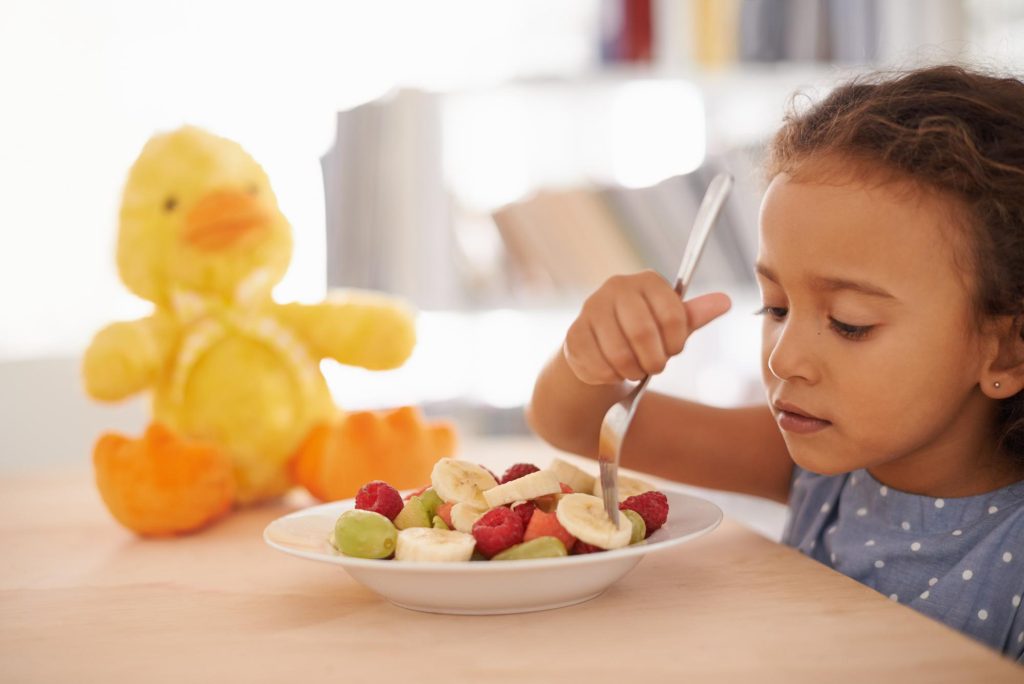Starting Auckland kindergartens can be an exciting but challenging experience for young children, especially when it comes to food, drinks and toys. Here’s a guide to help parents ensure a smooth transition.
Understanding the Food Policy in Full-Day Kindergartens
Many full-day kindergartens in New Zealand provide meals, including morning tea, lunch, and afternoon tea. These meals typically follow Western dietary habits, featuring a mix of fruit, snacks, and main meals that vary depending on the kindergarten’s philosophy. Some offer both meat and vegetarian options, while others serve only vegetarian food.
For many children, especially those from Asian backgrounds, Western food may take some getting used to. If your child struggles with the kindergarten’s meals, consider checking the menu in advance and introducing similar foods at home to make the transition easier. Encouraging them to try vegetables and different flavors can also help. Some children may adapt quickly, while others might find the new flavors, such as cheese, difficult to accept.
Can You Pack Extra Food for Your Child?
Most full-day kindergartens have strict policies against parents sending extra food with their children. This is to maintain fairness among students and prevent food-sharing issues. If your child struggles to eat enough at kindergarten, talk to the teachers. Some kindergartens allow children to bring breakfast if they didn’t eat at home, and they may allow them to finish it during morning tea.
For hydration, Auckland kindergartens usually provide water during meal times, and older children can ask for water when they’re thirsty. However, younger children who are not yet fluent in English may struggle to express their needs. Teaching your child simple words like “water” or “drink” can help them communicate with teachers.
Packing Food for Part-Time Kindergarten
If your child attends a part-time kindergarten, you will need to prepare their meals and snacks. Here are some tips:
• Label Everything: Clearly mark your child’s lunchbox and water bottle with their name. This helps prevent mix-ups, as children often have similar-looking belongings. Clothing should also be labeled to avoid losses.
• Food Choices: Pack a variety of snacks, such as fruit, small sandwiches, or granola bars. Avoid sending large quantities of processed snacks.
• Drinks: Some kindergartens provide water, while others require children to bring their own bottles. Plain water is recommended, as many schools discourage sugary drinks.
• Food Storage and Heating: If your child brings lunch, some kindergartens offer fridge storage. If the food needs to be heated, pack it in a microwave-safe container and clearly write heating instructions on the container. Western teachers may only warm food slightly, as per their habit, so specifying heating time can help ensure the meal is properly warmed.
Can Children Bring Toys to Kindergarten?
Most kindergartens discourage bringing toys from home. There are two main reasons for this:
1. Preventing Conflicts: Children may argue over toys, leading to unnecessary tension.
2. Avoiding Loss or Damage: Teachers are not responsible for keeping track of personal toys, and they can easily get lost or broken.
However, in special cases—such as when a child is struggling to adjust to kindergarten—teachers may allow them to bring a small comfort toy, like a stuffed animal, to help ease anxiety.
Final Thoughts
Helping your child adjust to kindergarten in Auckland requires some food preparation. By familiarizing yourself with the kindergarten’s food policies, introducing new foods at home, and following guidelines for bringing personal items, you can help make the transition smoother for your little one.

